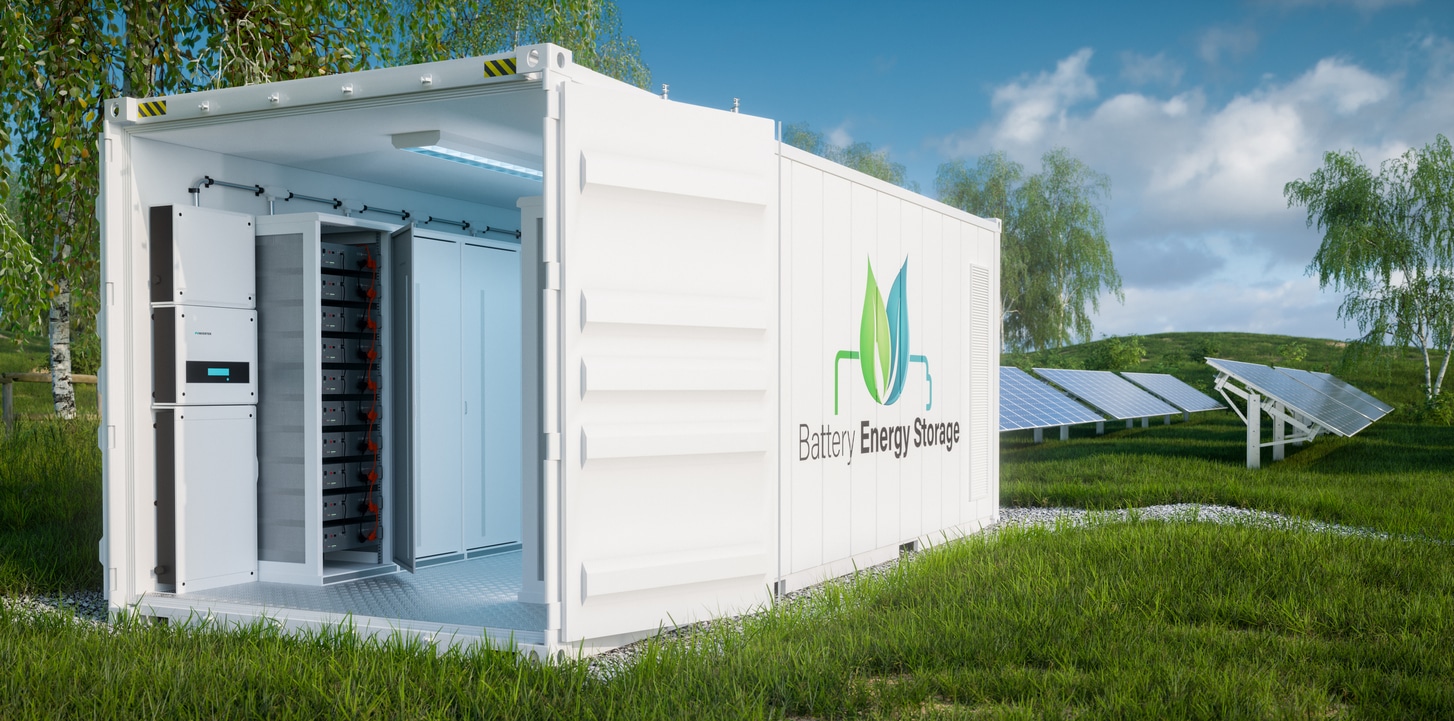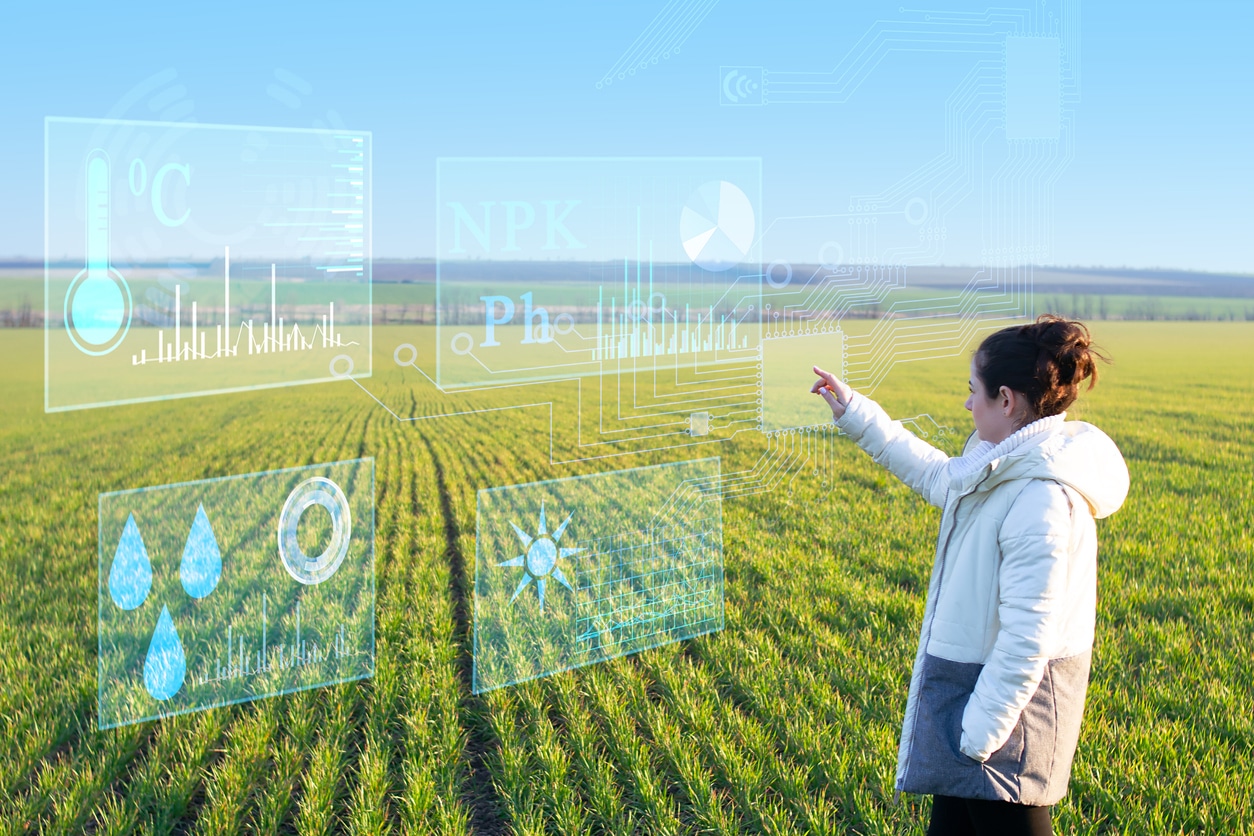
Microgrids Are Taking Sustainable Energy to New Places
Microgrids are redefining the energy landscape. These localized grids operate in tandem with the traditional grid or autonomously. They act as independent energy systems and seamlessly integrate energy resources like solar panels, wind turbines and batteries. Their design enhances resilience, ensuring critical infrastructure like hospitals and emergency services remain powered, even during main grid failures.
Microgrids for Sustainable Energy
One of the most transformative aspects of microgrids is their ability to provide renewable energy sources. They facilitate using local power, reducing the need for lengthy transmission lines and minimizing energy losses. This aids in cutting greenhouse gas emissions and empowers communities to generate their own power. This decentralized approach is especially beneficial for remote areas, eliminating the necessity for vast infrastructural developments to connect them to the main grid.
Microgrids maximize efficiency with localized power production and consumption, leading to substantial energy and cost savings. When paired with advanced battery storage systems, microgrids can store surplus renewable energy during off-peak times for use during high-demand periods. In some communities, microgrids are paired with reconditioned transformers to stabilize their performance without requiring huge capital outlay, thus reducing costs.
Microgrids All Over the World
Stone Edge Farm in Sonoma, California, is a 16-acre organic winery and farm that implemented a microgrid to ensure energy resilience, sustainability and large-scale storage. It includes solar panels, batteries, fuel cells and advanced energy management systems. During the 2017 wildfires in California, when many parts of Sonoma lost power, Stone Edge Farm’s microgrid kept operations running smoothly.
San Diego Gas & Electric (SDG&E) set up a microgrid in Borrego Springs, a remote desert community in California. It was designed to enhance resilience against power outages, especially those caused by extreme weather events. The Borrego Springs microgrid has provided backup power to the community during various outages, showcasing how utility-sponsored microgrids can enhance main grid reliability.
The Brooklyn Microgrid in New York is a community-driven project aiming to enable energy trading among neighbors. Residents can use blockchain technology to directly sell excess energy generated from rooftop solar panels to their neighbors. While it’s still in the early stages, the Brooklyn Microgrid has demonstrated the potential of peer-to-peer trading and the decentralization of power resources.
Bringing diesel fuel to remote Alaskan villages for generators is expensive and logistically challenging. Alaska Village Electric Cooperative (AVEC) has been integrating wind power into its microgrids to reduce the reliance on diesel. Many villages have seen significant reductions in consumption, resulting in economic savings and environmental benefits.
Japan realized the importance of energy resilience after the 2011 earthquake and tsunami. The Sendai microgrid at Tohoku Fukushi University includes solar PV, a gas turbine, fuel cells and a battery storage system. During the aftermath of the disaster, the Sendai microgrid continued supplying power and heat to the university hospital and shelters, proving its worth during critical times.
Bangladesh, which lacks a national grid in many regions, embarked on one of the world’s most extensive programs for home solar systems. The Infrastructure Development Company Limited (IDCOL) initiated a program facilitating the installation of small solar panels on homes, essentially turning them into individual microgrids. Over 4 million households in Bangladesh now have access to electricity through this initiative, enabling nighttime studying for students, extending business hours for small enterprises and improving the overall quality of life.
Companies like PowerGen have installed renewable microgrids in remote villages in Tanzania. These microgrids use solar panels combined with battery storage. Places previously reliant on kerosene and diesel generators now have access to clean and consistent electricity, fueling local businesses and reducing their overall carbon footprint.
Husk Power Systems developed a model to provide power to off-grid rural villages in Bihar, India, using rice husks, an agricultural waste product. These microgrids are biomass gasification plants. The company established hundreds of mini-power plants, providing electricity to thousands of households and businesses, creating jobs and utilizing waste products.
Extending the national grid is nearly impossible in the Amazon Rainforest in Brazil. However, Siemens Brazil and the local government built microgrids powered by solar and battery storage systems. Indigenous communities have access to electricity for the first time, powering lights, communication devices and medical equipment.
Microgrids: Clean Energy for All
Consumers aren’t the only ones who stand to gain from microgrids — power companies can also benefit from this green innovation. Off-grid electricity generators alleviate the strain on central power plants during peak times by providing excess energy. As prices ebb and flow, microgrid users can draw from or sell back to the main grid, providing a win-win situation for everyone involved.
The rising demand for microgrids drives innovation. Research in advanced control systems, energy storage and integration techniques is booming. Microgrids do more than produce electricity — they represent a new perspective on power, prioritizing sustainability, resilience and community empowerment.



Post a comment